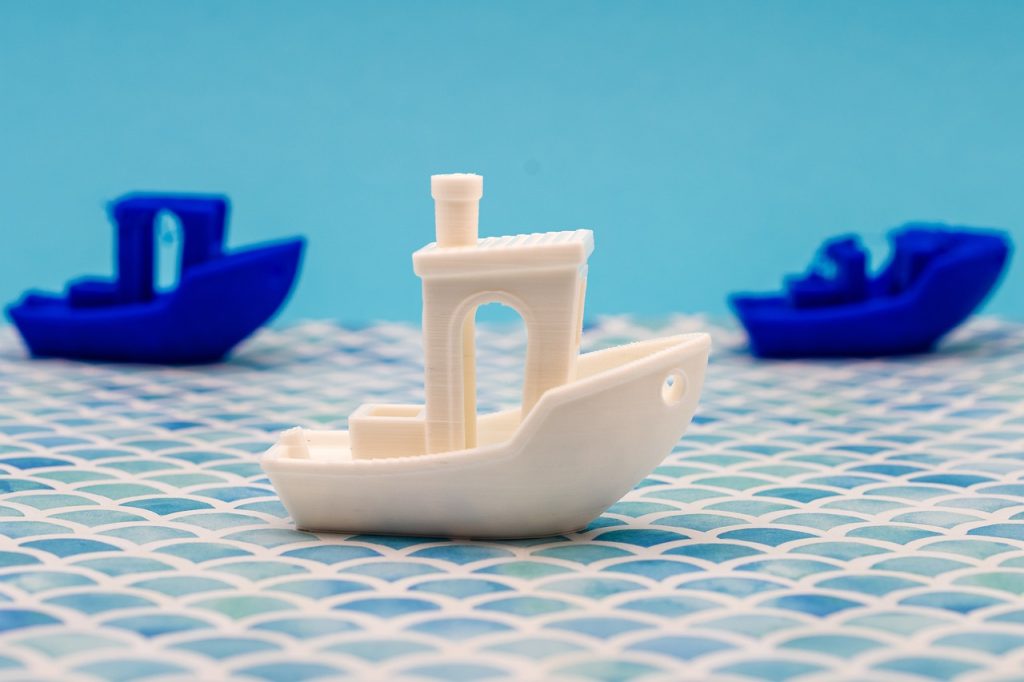3D printing, also known as additive manufacturing, has revolutionized the way products are made. Instead of traditional manufacturing methods that involve cutting, drilling, and molding, 3D printing builds objects layer by layer using materials such as plastics, metals, and ceramics. The versatility of 3D printing means that it can be used for a wide range of applications, from creating prototypes to producing end-use products. In this article, we will explore some of the many uses of 3D printing.
Prototyping:
One of the primary uses of 3D printing is for prototyping. 3D printing allows designers to quickly create and test new designs, making it an essential tool in product development. Instead of waiting weeks or months for a prototype to be made using traditional manufacturing methods, a 3D printer can produce a prototype in a matter of hours or days. This rapid prototyping capability allows designers to iterate and refine their designs more quickly, ultimately leading to better products.
Education:
3D printing has become a valuable tool in education, allowing students to learn about design, engineering, and manufacturing in a hands-on way. 3D printing can be used to create educational models, anatomical replicas, and even entire sets of laboratory equipment. It also enables students to experiment and test their designs, encouraging creativity and problem-solving skills.
Art and Design:
3D printing has opened up new possibilities for artists and designers, enabling them to create complex and intricate pieces that would have been difficult or impossible to make using traditional methods. Artists can use 3D printing to create sculptures, jewelry, and other pieces that push the boundaries of traditional manufacturing techniques. The ability to quickly iterate and test designs also allows artists to experiment more freely and create more innovative works.
Medical and Dental:
3D printing has revolutionized the medical and dental industries, allowing for the creation of custom prosthetics, implants, and surgical tools. 3D printing enables doctors to create personalized implants for patients, improving the accuracy and effectiveness of treatments. Dental professionals use 3D printing to create custom-fitted dental appliances, such as braces and aligners. In addition, 3D printing has enabled the creation of anatomical models for surgical planning, providing doctors with a better understanding of complex procedures.
Aerospace and Automotive:
The aerospace and automotive industries have long been early adopters of 3D printing, using the technology to create complex parts and components for their products. 3D printing has enabled engineers to create lighter and more durable parts, improving the efficiency and performance of aircraft and automobiles. Additionally, 3D printing enables the rapid prototyping and testing of new designs, accelerating the product development process.
Architecture and Construction:
3D printing has the potential to revolutionize the construction industry, allowing for the creation of complex and innovative designs. Architects can use 3D printing to create detailed models of their designs, enabling clients to better understand and visualize the finished product. In addition, 3D printing can be used to create building components such as walls, floors, and even entire structures, reducing the time and cost of construction.
Food:
3D printing has even made its way into the food industry, enabling the creation of intricate and personalized dishes. 3D printers can print food in a variety of shapes and textures, allowing chefs to create unique presentations and designs. Additionally, 3D printing can be used to create custom molds for chocolates and other confections, enabling greater creativity and precision in the manufacturing process.
In conclusion, 3D printing is a versatile technology with a wide range of applications. It has revolutionized the way products are designed and manufactured, allowing for faster prototyping, greater creativity, and more personalized products. As the technology continues to evolve and become more accessible, it is likely that 3D printing will continue to grow in popularity and be used in even more industries and fields.
3D printing can be used for a variety of purposes, from rapid prototyping to creating customized products. In the medical field, 3D printing has been used to create patient-specific implants and prosthetics, as well as to create models for surgical planning. In the aerospace industry, 3D printing has been used to create lighter and more efficient parts for aircraft and spacecraft. In the automotive industry, 3D printing has been used to create customized parts and tools, as well as to create prototypes for new vehicle designs.
In the fashion industry, 3D printing has been used to create unique and intricate clothing designs, as well as to create customized jewelry and accessories. In the art world, 3D printing has been used to create sculptures and other works of art. In architecture, 3D printing has been used to create models of buildings and other structures.
Additionally, 3D printing can be used for educational purposes. It can be used to create teaching aids, such as anatomical models, architectural models, and geological maps. It can also be used to create models for scientific research and experimentation.
The use of 3D printing is not limited to the above industries and fields, as it can be applied to almost any area that requires the creation of three-dimensional objects. As the technology continues to improve and become more accessible, it is likely that 3D printing will become even more ubiquitous in various industries and fields.
In conclusion, 3D printing is a powerful tool with a vast range of applications. From prototyping to manufacturing, medical implants to artistic expression, 3D printing offers unparalleled flexibility and creative potential. As the technology continues to advance and become more affordable, it will undoubtedly continue to revolutionize various industries and provide innovative solutions to complex problems.







